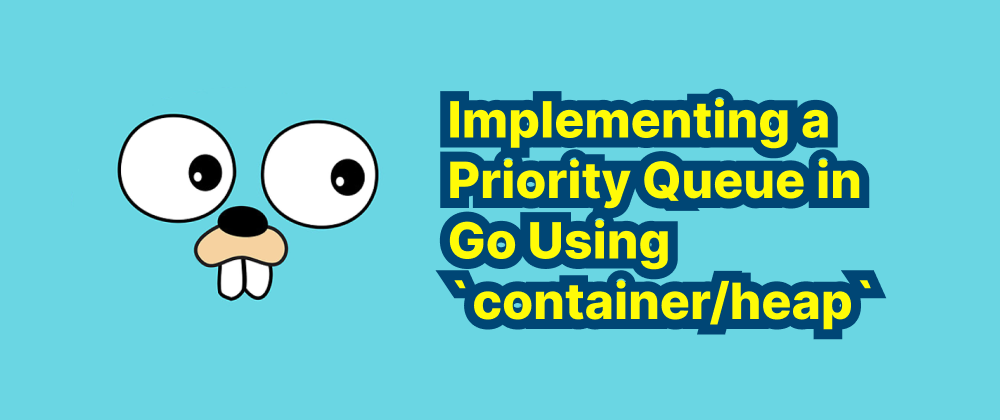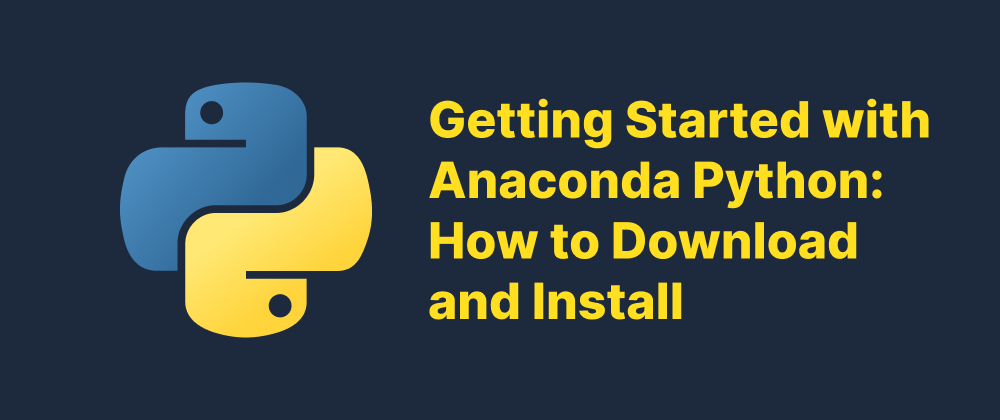Implementing a Priority Queue in Go Using `container/heap`
Wenhao Wang
Dev Intern · Leapcell

Key Takeaways
- Go does not have a built-in priority queue, but you can implement one using the
container/heappackage. - Priority is controlled by customizing the
Less()method to define heap order (min-heap or max-heap). - The heap interface requires implementing sorting and queue mutation methods (
Push,Pop, etc.).
A priority queue is an abstract data structure where each element has an associated priority. Elements are served based on their priority, with higher-priority elements dequeued before lower-priority ones. In Go, the container/heap package provides a way to implement a priority queue by using a heap interface.
Understanding the Heap Interface
The container/heap package operates on types that implement the heap.Interface. This interface requires the following methods:
type Interface interface { sort.Interface Push(x any) // add x as element Len() Pop() any // remove and return element Len() - 1. }
By implementing this interface, you can define custom behavior for your priority queue.
Implementing a Priority Queue
To create a priority queue, define a struct for the items you want to store, including a priority field. Then, implement the heap.Interface on a slice of pointers to these items.
package main import ( "container/heap" "fmt" ) // Item represents an element in the priority queue. type Item struct { value string // The value of the item. priority int // The priority of the item. index int // The index of the item in the heap. } // PriorityQueue implements heap.Interface and holds Items. type PriorityQueue []*Item func (pq PriorityQueue) Len() int { return len(pq) } // We want Pop to give us the highest priority, so we use greater than here. func (pq PriorityQueue) Less(i, j int) bool { return pq[i].priority > pq[j].priority } func (pq PriorityQueue) Swap(i, j int) { pq[i], pq[j] = pq[j], pq[i] pq[i].index = i pq[j].index = j } func (pq *PriorityQueue) Push(x any) { n := len(*pq) item := x.(*Item) item.index = n *pq = append(*pq, item) } func (pq *PriorityQueue) Pop() any { old := *pq n := len(old) item := old[n-1] item.index = -1 // for safety *pq = old[0 : n-1] return item } // update modifies the priority and value of an Item in the queue. func (pq *PriorityQueue) update(item *Item, value string, priority int) { item.value = value item.priority = priority heap.Fix(pq, item.index) } func main() { // Create a priority queue and add some items. pq := make(PriorityQueue, 0) heap.Init(&pq) items := map[string]int{ "banana": 3, "apple": 2, "pear": 4, } for value, priority := range items { heap.Push(&pq, &Item{ value: value, priority: priority, }) } // Update the priority of an item. item := &Item{ value: "orange", priority: 1, } heap.Push(&pq, item) pq.update(item, item.value, 5) // Remove items from the priority queue. for pq.Len() > 0 { item := heap.Pop(&pq).(*Item) fmt.Printf("%s: %d\n", item.value, item.priority) } }
This example demonstrates how to implement a priority queue in Go using the container/heap package. By customizing the Less method, you can define whether your priority queue behaves as a min-heap or max-heap. In this case, we used a max-heap to ensure that higher-priority items are dequeued first.
FAQs
Yes, by customizing the Less() function. For a max-heap, return i > j; for a min-heap, return i < j.
The index helps heap.Fix efficiently update the position of an element when its priority changes.
Yes, if Less() is defined appropriately for a max-heap.
We are Leapcell, your top choice for hosting Go projects.
Leapcell is the Next-Gen Serverless Platform for Web Hosting, Async Tasks, and Redis:
Multi-Language Support
- Develop with Node.js, Python, Go, or Rust.
Deploy unlimited projects for free
- pay only for usage — no requests, no charges.
Unbeatable Cost Efficiency
- Pay-as-you-go with no idle charges.
- Example: $25 supports 6.94M requests at a 60ms average response time.
Streamlined Developer Experience
- Intuitive UI for effortless setup.
- Fully automated CI/CD pipelines and GitOps integration.
- Real-time metrics and logging for actionable insights.
Effortless Scalability and High Performance
- Auto-scaling to handle high concurrency with ease.
- Zero operational overhead — just focus on building.
Explore more in the Documentation!
Follow us on X: @LeapcellHQ




